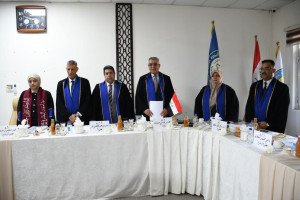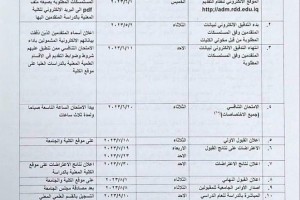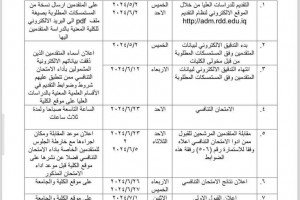

The Department of Geology at the College of Science discussed a master's thesis entitled (Geotechnical and Mineralogical Assessment of Al-Ashar and Al-Hartha Soils in Basra-Southern Iraq). The researcher Saja Nasih Salman's thesis aims to evaluate the geotechnical and mineral properties of selected soils in Al Ashar and Al Hartha and to show the effect of clay minerals on some of the geotechnical properties and engineering behavior of the soil.
The study included conducting several on-site, geotechnical and mineral examinations of the soil of the two study sites, where the laboratory analysis was conducted in two directions. For each of them, in addition to calculating the stress of swelling and compressibility of the soil by indirect methods.
The results revealed that all soils of Al-Ashar site and 80% of Al-Hartha soil are classified as highly compressive soils. In addition, it is considered to have a medium to high swelling effort at the Al-Ashar site, while the swelling effort is low to medium at the Al-Hartha site. The results of mineral analysis by X-ray diffraction (XRD) system showed that the predominant non-clay minerals are calcite and quartz, followed by dolomite, feldspar and halite in lesser proportions. The predominant clay minerals are montmorillonite and kaolinite, followed by chlorite, montmorillonite-chlorite, alite, and palygorskite in lesser proportions. Thus, the high proportions of montmorillonite mineral are responsible for the swelling in these soils, and this justifies the high compressibility of the soil in both locations.










